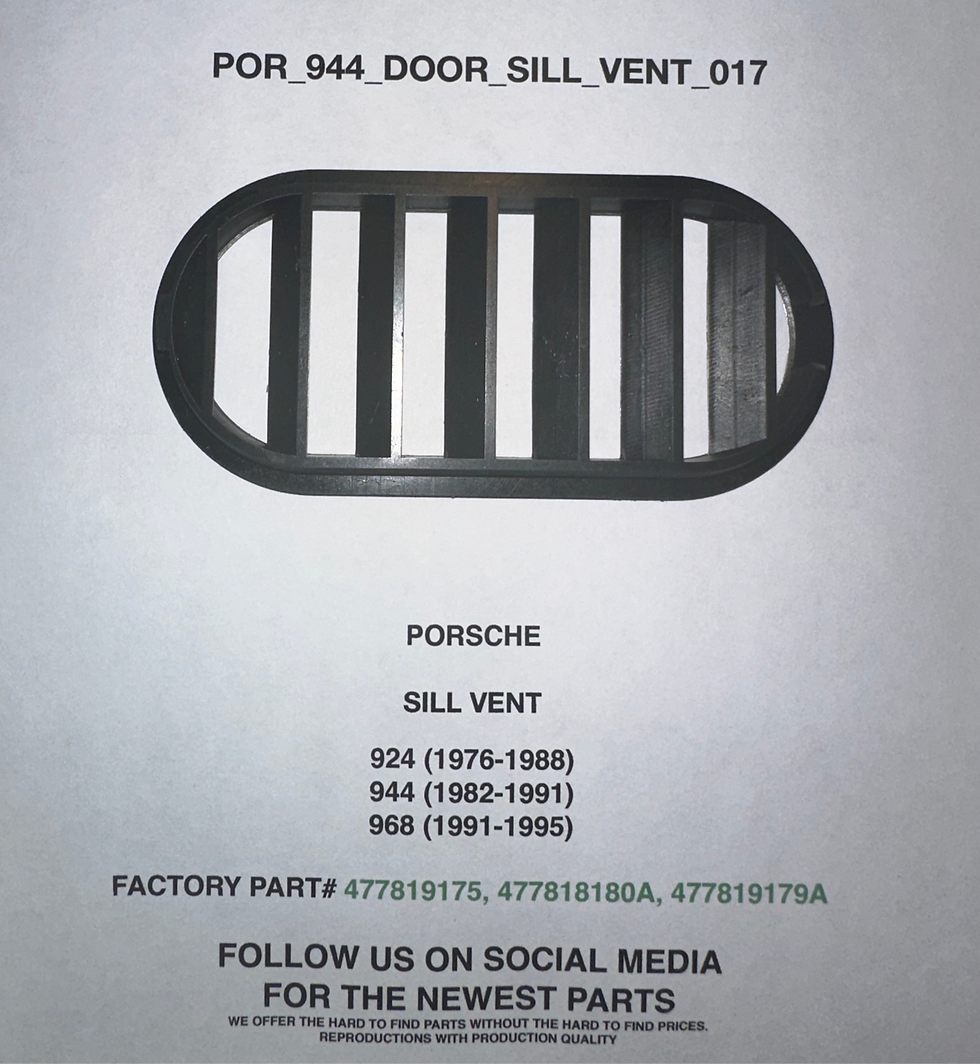

For the 1986 model year, Porsche introduced the 944 Turbo, known internally as the 951. The Turbo had a turbocharged and intercooled version of the standard 944's engine that generated 220 PS (162 kW) (217 hp (162 kW) in the US) at 6,000 rpm. In 1987, Car and Driver tested the 944 Turbo and achieved a 0–97 km/h (0–60 mph) time of 5.9 seconds. The Turbo was the first Porsche production car utilising a ceramic port liner to retain exhaust gas temperature along with new forged pistons and was also the first vehicle to produce an identical power output with or without a catalytic converter. The Turbo also featured several other changes, such as improved aerodynamics, notably an integrated front bumper. This featured the widest turn signals (indicators) fitted to any production car, a strengthened gearbox with a different final drive ratio, standard external oil coolers for both the engine and transmission, standard 16 inch wheels (optional forged Fuchs wheels), and a slightly stiffer suspension (progressive springs) to handle the extra weight. The Turbo also had headers, a crossover pipe and a downpipe made of inconel. The Turbo's front and rear brakes were borrowed from the 911, with Brembo 4-piston fixed calipers and 12-inch discs. Engine component revisions, more than thirty in all, were made to the 951 to compensate for increased internal loads and heat.

















